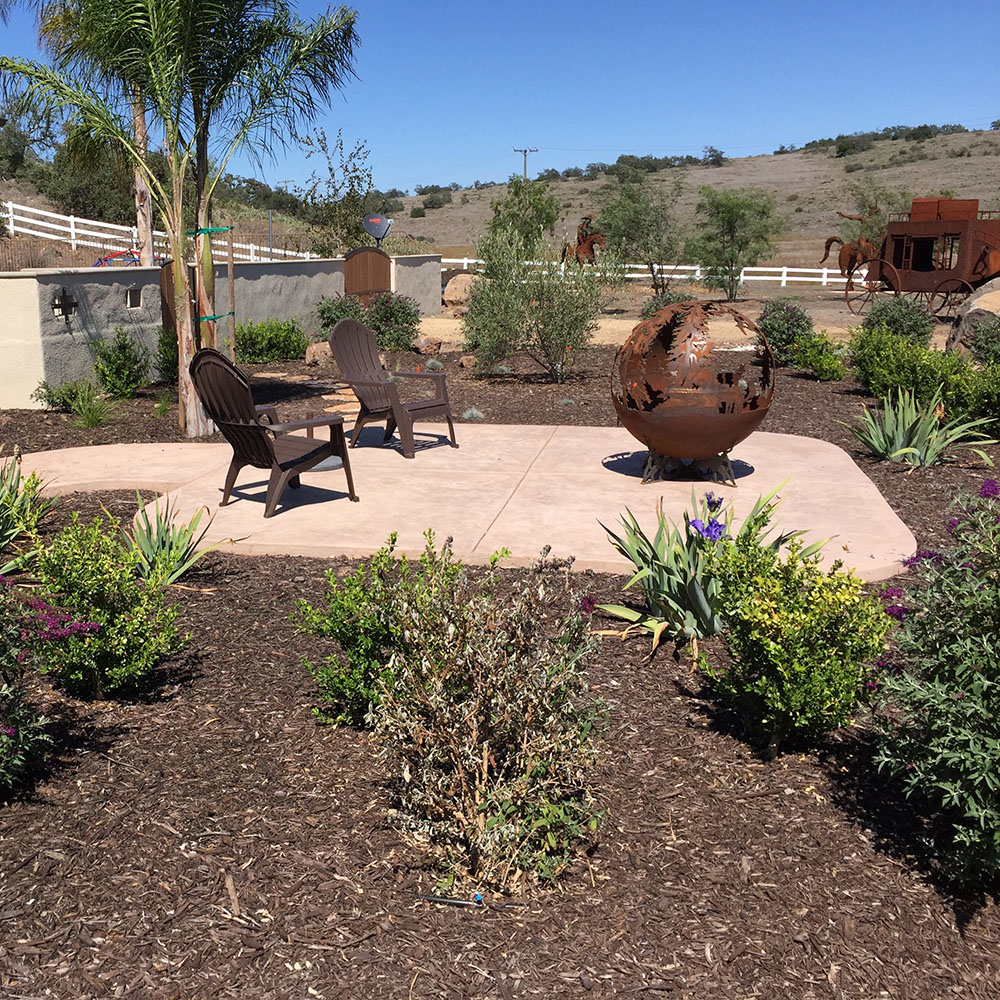
Once you’ve invested time, money, and sweat into your garden, you’re no doubt eager to show it off! Flowers are blooming this time of year, offering some great photography opportunities. Follow these garden photography tips, and you’ll have beautiful photos to share on Facebook – or print and use them to decorate your home!
Choose Your Subject
When taking close-up photos, it’s common to spot a lovely blooming bush only to discover upon closer inspection that the blooms aren’t photographing all that well. You’ll need to examine each bloom carefully and choose one without blemish or damages. Also be sure that the light is hitting that part of the bush correctly and that the background complements your subject.
There’s no need to focus solely on flowers as your subject, either. Structures in your garden may make excellent focal points, and even rocks and cacti can make interesting subjects if you want to get creative.
Use the Right Settings and Software
Remember that your camera has all of those fancy settings for a reason. The icon that looks like a mountain range is often best for large distance landscape shots. The flower icon (known as the macro setting) is ideal for taking very close-up pictures of flower blooms. If you are comfortable, it’s often best to use manual focus for better precision on close-up shots, and remember to adjust your shutter speeds so that you can control the background of your photos. Remember that with digital cameras, you can use photo-processing software on your computer to further adjust color, light, and other aspects of your photos so that they’re as perfect as you imagined.
Find the Right Light
There’s really no “wrong” light for garden photography, as long as you’re willing to adjust your methods. But many photographers prefer to work in the early morning or late in the day, or on overcast days, to avoid the shadows created by bright sunlight. If you do choose to work in bright sunlight, holding a diffuser between the sun and your subject can help you to avoid shadows and achieve more saturated colors in your photos. Finally, remember to turn off your flash. Most garden photographers avoid the flash because a soft, diffused light is preferable.
Experiment
The best way to understand how your camera captures different subjects, under varying conditions, is to simply practice a lot. You’re the only one who knows how you envision your photos turning out, so experimenting with various angles, lighting, and camera settings is the best way to develop your own unique style.



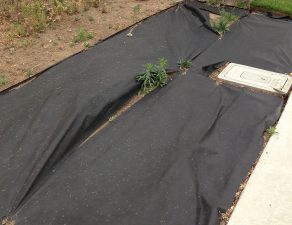
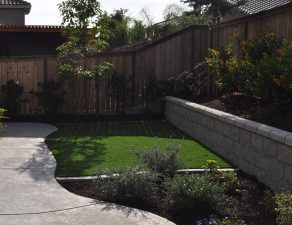
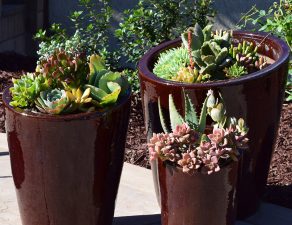
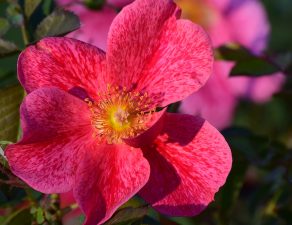

Write a comment: